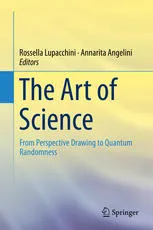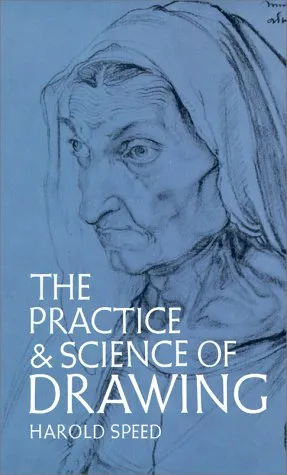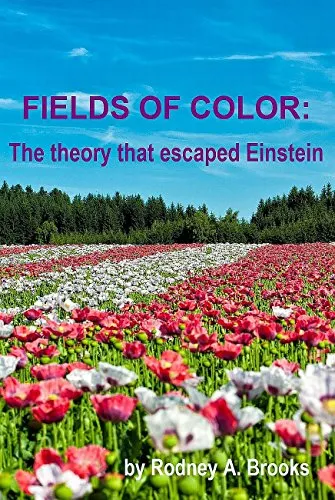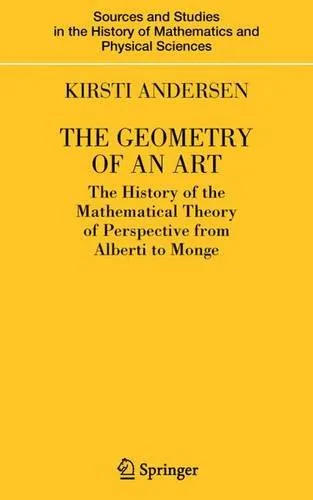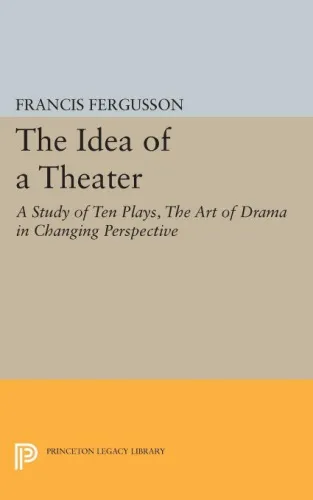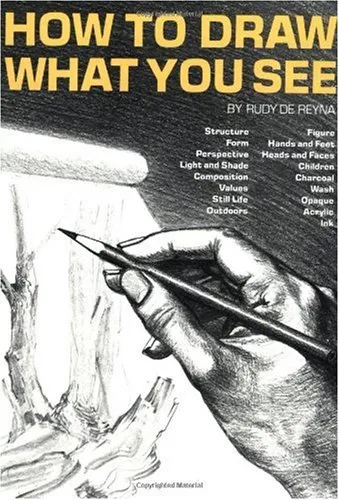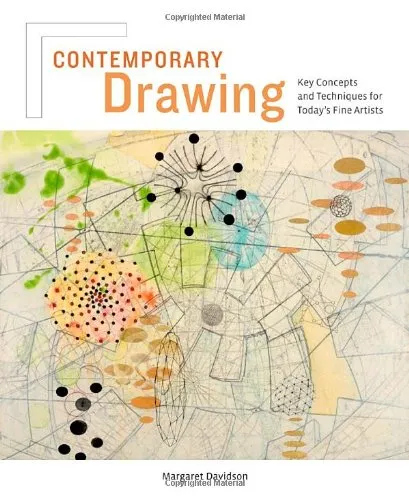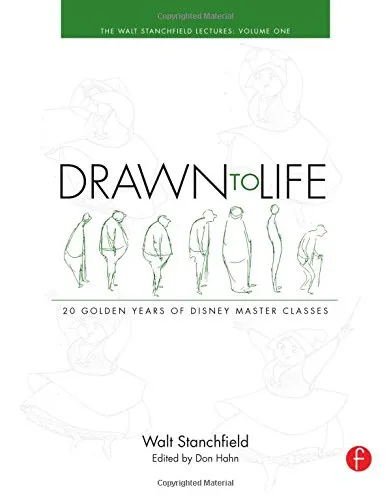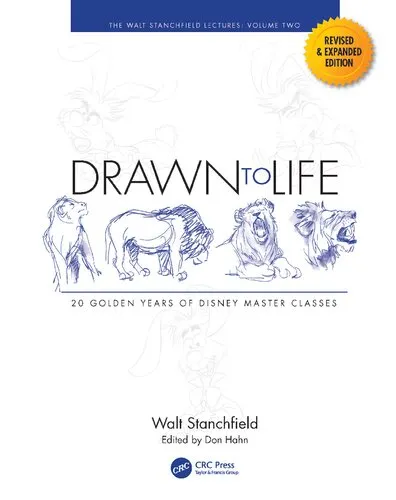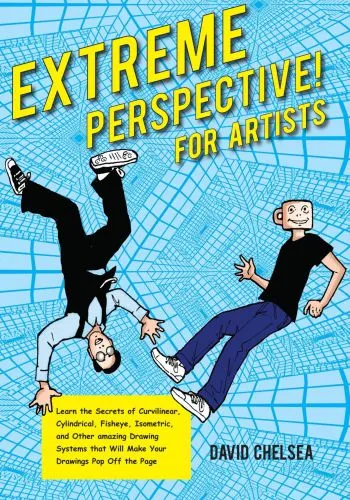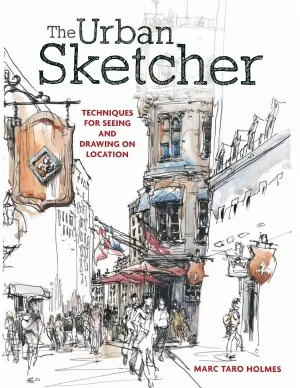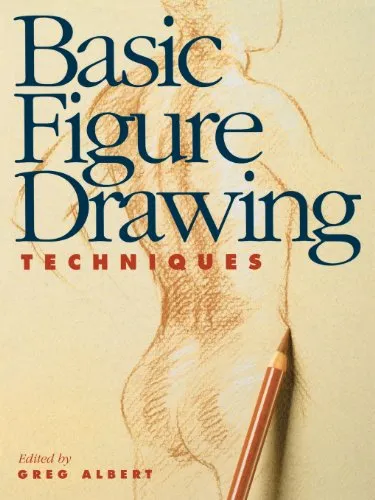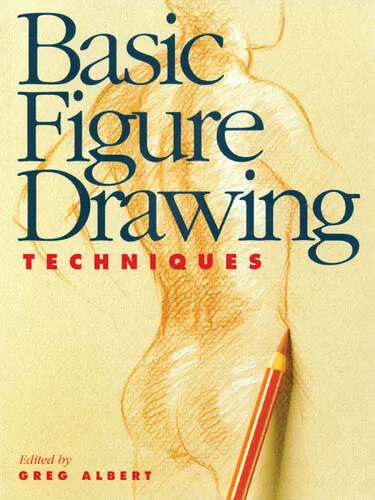The Art of Science: From Perspective Drawing to Quantum Randomness
4.6
بر اساس نظر کاربران

شما میتونید سوالاتتون در باره کتاب رو از هوش مصنوعیش بعد از ورود بپرسید
هر دانلود یا پرسش از هوش مصنوعی 2 امتیاز لازم دارد، برای بدست آوردن امتیاز رایگان، به صفحه ی راهنمای امتیازات سر بزنید و یک سری کار ارزشمند انجام بدینکتاب های مرتبط:
مقدمهای بر کتاب "هنر علم: از Perspective Drawing تا Quantum Randomness"
کتاب "هنر علم: از Perspective Drawing تا Quantum Randomness" به کاوش در تقاطع علم و هنر میپردازد. این کتاب به بررسی چگونگی تعامل این دو حوزه در طول تاریخ پرداخته و نشان میدهد چگونه علم و هنر میتوانند یکدیگر را تکمیل کنند.
خلاصهای کامل از کتاب
این کتاب سفری جذاب از گذشته به حال است که با شروع از مفهوم Perspective Drawing در دوران رنسانس آغاز میشود. سپس با پیشرفت به دوران مدرن، به مفاهیم پیچیدهتر مانند Quantum Randomness میپردازد. این کتاب از دیدگاههای مختلف، همچون زیباییشناسی و فلسفه علم، به بررسی میپردازد و خواننده را با شیوههای خلاقانهای که هنرمندان و دانشمندان برای درک واقعیت به کار گرفتهاند، آشنا میکند.
نکات کلیدی
- رابطه تاریخی و پرمعنی بین هنر و علم: این کتاب نشان میدهد که چگونه این دو حوزه میتوانند از یکدیگر بیاموزند و با هم پیشرفت کنند.
- تاثیرات علم بر هنر و بالعکس: با ارائه شواهد تاریخی، این بخش به کاوش در نحوه تأثیرگذاری متقابل این دو حوزه میپردازد.
- توسعه دیدگاهها در Quantum Physics: به بررسی چگونگی تأثیر بصری و شناختی هنر بر توسعه و پذیرش نظریات جدید در علم، به ویژه در Quantum Physics، پرداخته میشود.
حکایات معروف از کتاب
"علم و هنر دو سکه از یک حقیقتاند; یکدیگر را به جلو میرانند و با همدیگر به اکتشاف ناشناختهها میپردازند."
"زمانی که هنر نقاشی و محاسبات ریاضی به هم پیوند میخورند، دریچهای به سوی فهم عمیقتر واقعیت گشوده میشود."
چرا این کتاب مهم است
این کتاب نه تنها برای کسانی که به تاریخ علم و هنر علاقهمندند، بلکه برای هر کسی که به دنبال فهم عمیقتر از دنیای اطرافش است، مفید است. با ترکیب مفاهیم پیچیده و ارائه آنها به شکل قابلفهم، این اثر دریچهای است به درک بهتر تأثیرات متقابل و بیپایان علم و هنر.
کتاب "هنر علم" به خواننده امکان میدهد تا در مفاهیم عمیق فلسفی و زیباییشناختی علم و هنر فرو رود و از دیدگاههای نوین بهرهمند شود. بدین ترتیب راه را برای اکتشافات آینده هموار میکند.
Welcome to a journey at the intersection of two fascinating realms: the arts and the sciences. 'The Art of Science: From Perspective Drawing to Quantum Randomness' by Rossella Lupacchini and Annarita Angelini invites readers to explore the seamless integration of artistic intuition and scientific rigor, bridging the gap between visual creativity and empirical analysis.
Detailed Summary of the Book
This book embarks on an interdisciplinary exploration that unites the arts and sciences, fields often perceived as disparate, by showcasing their intersections and mutual inspirations. Our journey begins with perspective drawing, a foundational artistic tool that transformed the way imagery was reproduced, giving birth to a more spatially accurate and aesthetically pleasing representation of reality. From here, we traverse the evolution of scientific thought, illustrating how artistic practices have influenced scientific methods and vice versa.
The narrative seamlessly weaves through epochs, highlighting pivotal moments where these two disciplines have intersected. Renaissance artists, with their quest for realism, inadvertently laid the groundwork for scientific inquiry that demands similar precision and observations. This tradition continues through the Enlightenment and into contemporary discussions on complexity, chaos theory, and quantum randomness, where artistic metaphors often provide substantial clarity to complex scientific theories.
Ultimately, 'The Art of Science' emphasizes that both fields aim to decipher reality, albeit through different lenses. While the sciences employ quantitative methodologies, the arts provoke qualitative insights, and together, they provide a more comprehensive understanding of the world.
Key Takeaways
- Art and science, although differing in methods, share a common objective of exploring and representing reality.
- Perspective drawing has played a crucial role in shaping modern scientific visualization techniques.
- Artistic intuition can complement scientific methodology, offering alternative avenues for exploring scientific truths.
- The dialogue between art and science enriches both fields, leading to greater innovation and creativity.
Famous Quotes from the Book
"Art refuses to be confined by the limitations of perceived reality, daring instead to explore the infinite possibilities contained within it."
"Science, much like art, calls for an unrelenting curiosity toward understanding the unseen, the mysterious, and the seemingly inexplicable."
Why This Book Matters
'The Art of Science' is more than just a book; it is a manifesto that challenges conventional educational paradigms which often isolate arts from sciences. By demonstrating their interconnectedness, this book invites educators, students, and curious readers alike to engage in holistic thinking, fostering environments where creativity and empirical research coexist.
In an era where interdisciplinary approaches are becoming indispensable for addressing complex global challenges, understanding the interplay between artistic creativity and scientific inquiry is crucial. This book advocates for breaking down the silos between these domains, encouraging a collaborative spirit that could lead to groundbreaking discoveries and innovations.
With its thought-provoking insights and compelling narrative, 'The Art of Science' serves as an inspiring conduit for a deeper appreciation of how intuitive and systematic approaches to knowledge can harmonize, ultimately enriching our understanding of the universe.
دانلود رایگان مستقیم
شما میتونید سوالاتتون در باره کتاب رو از هوش مصنوعیش بعد از ورود بپرسید
دسترسی به کتابها از طریق پلتفرمهای قانونی و کتابخانههای عمومی نه تنها از حقوق نویسندگان و ناشران حمایت میکند، بلکه به پایداری فرهنگ کتابخوانی نیز کمک میرساند. پیش از دانلود، لحظهای به بررسی این گزینهها فکر کنید.
این کتاب رو در پلتفرم های دیگه ببینید
WorldCat به شما کمک میکنه تا کتاب ها رو در کتابخانه های سراسر دنیا پیدا کنید
امتیازها، نظرات تخصصی و صحبت ها درباره کتاب را در Goodreads ببینید
کتابهای کمیاب یا دست دوم را در AbeBooks پیدا کنید و بخرید
1405
بازدید4.6
امتیاز0
نظر98%
رضایتنظرات:
4.6
بر اساس 0 نظر کاربران
Questions & Answers
Ask questions about this book or help others by answering
No questions yet. Be the first to ask!
